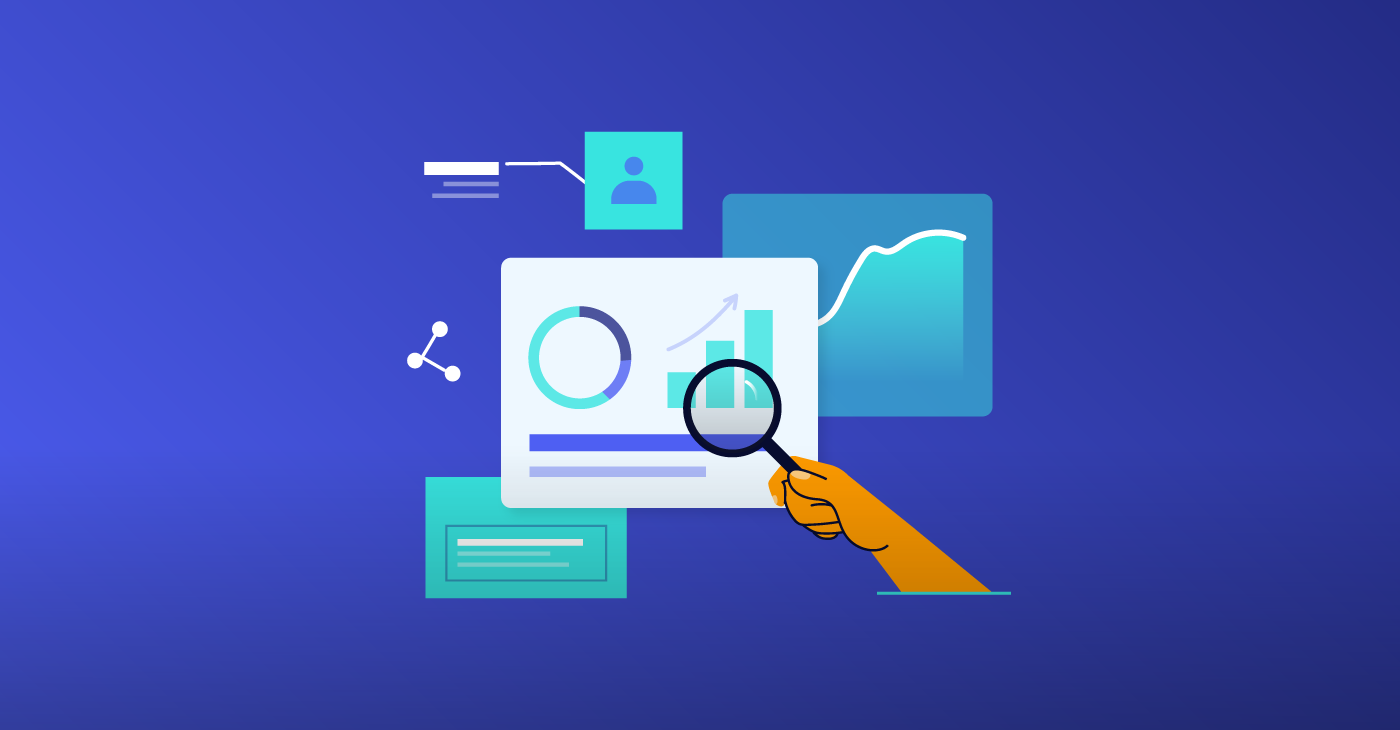
Have you ever imagined a hybrid of physical and online worlds where buyers can shop both in-person and online? It sounds like a peripheral concept, right? Well, brands like Amazon, Nike, Magik Book, and Pokemon Go have made the blended environment a reality.
Your brand can be a front-runner, too, in implementing the phygital approach. But what exactly is phygital, and how does it apply to a memorable customer experience? Read on to learn the nitty-gritty details about this new and trendy marketing term.
What is Phygital?
Let’s begin at the top. Phygital is a compound term that combines two words: Physical and digital. It’s a relatively new term that probably caught on in the marketing world during the COVID19 pandemic.
In the marketing realm, phygital refers to using technology to blend the physical and digital customer experiences.
Over the last few years, companies have strived to deliver an omnichannel marketing experience that removes customers’ frustration, friction, and churn. A lot of that has been happening online, with brands seeking to provide a personalized experience on online channels that customers use.
It’s easy to understand why. According to Google statistics, about 63% of shopping begins online. However, 52% of Americans aren’t ready to abandon their in-person shopping habits, with 31% indicating they will continue to shop in-store. As a result, focusing on online channels only would mean sidelining those customers that still value in-store shopping.
Phygital offers the best option to draw from the best of both worlds. It enables you to deliver a unique interactive experience for each user, whether they shop online or in person.
What is Phygital Marketing?
As the name suggests, phygital marketing is any marketing effort that seeks to merge physical and digital experiences. It entails using digital tools to enhance the customer experience in physical stores.
A good example of phygital marketing is the Buy Online, Pick-Up In-Store (BOPIS) strategy. BOPIS combines online and in-store experiences to offer customers a more convenient way to shop. They can enjoy the convenience of buying goods online and pick them up in an hour from the brick-and-mortar store rather than wait three days or longer for an Amazon delivery.
How Does it Apply to the Customer Experience?
The truth is, even though in-store shopping is losing the battle to online shopping, some of its aspects remain appealing to customers. With the emergence of concepts like BOPIS, Buy Online, Return In-Store (BORIS), and Reserve Online, Pick Up In-Store (ROPIS), phygital will only get more influential on customer experiences.
Phygital is key to customization of the retail experience. It brings the benefits of omnichannel customer experience to the brick-and-mortar store.
Brands like Nike and Amazon are aware of the growing influence and are now the front-runners in embedding phygital to their retail experience. Amazon Go is quintessential of how brands can apply phygital.
The convenience stores give customers the customary brick-and-mortar feel. However, Amazon has used digitization to remove registration, cashiers, or store attendants. Instead, when you scan a QR code, the systems let you into the store.
Here’s the most exciting thing. Usually, you would pick out an item and place it in a physical shopping cart — it’s still happening at Amazon Go. In addition, Amazon uses intricate systems that add an item to a virtual cart (such as the one you find online) each time you pick the item from the shelf.
Since there are no attendants, you pick the items you want and walk out. The Amazon Go app charges your linked bank account and sends you a digital receipt in minutes. No queues to eat up your time.
Amazon has brought the convenience of online shopping to real-life — and it’s working magic. The only hint of in-store shopping is that you have to walk into the convenience store and pick out stuff from the shelf. Everything else is reminiscent of shopping online from the comfort of your couch.
Going forward, more brands will jump that bandwagon in a bid to improve customer experience.
How Can it Be Used in Email Marketing?
Let’s take Amazon Go, for example. When you pick out an item from the shelf, the trackers send signals to the system to automatically add that item to your virtual cart. The reverse happens when you return the item to the shelf.
That alone can provide Amazon with plenty of data that can be used for email marketing. For example, if a customer repeatedly picks a product but returns it to the shelf before walking out of the store, it means the customer wants that particular product but is hesitant to buy for some reason. Perhaps it’s unexpected costs, which is one of the top reasons people abandon carts.
Using email marketing, you could send that customer personalized discounts or cheaper alternatives for that product. That could persuade the customer to buy the product the next time they visit the convenience store.
In other words, a phygital approach can provide access to customer insights that email marketers can leverage, resulting in smarter email campaigns and increased ROI. However, note that the technology is still in its inception stage, so more benefits for email marketers will emerge as it evolves.
Make the Most Out of Phygital
Phygital could be the solution to the problems customers encounter when shopping online. For example, your customers might buy the idea of BOPIS because it saves them time and money. On your side, you’ll get more data that you can analyze to tweak your process to unlock more sales via email marketing.
What are you waiting for? Implement a phygital strategy and arm yourself with a great email marketing software solution to make the most of the new retail experience.






